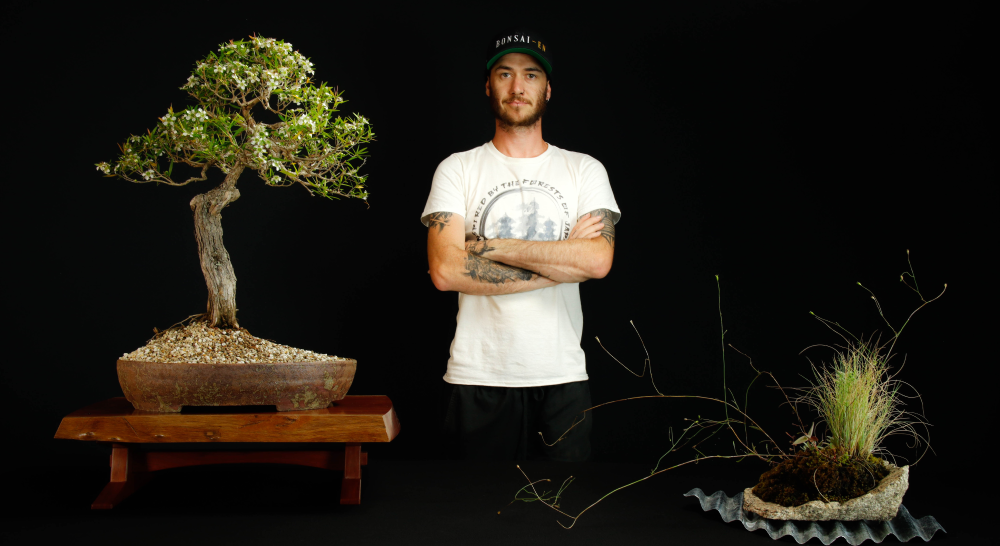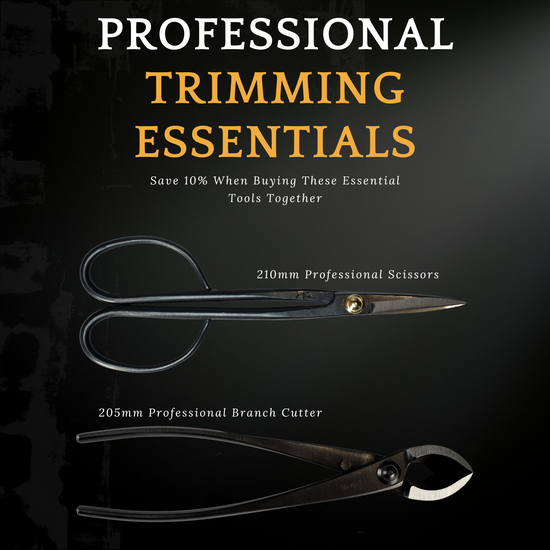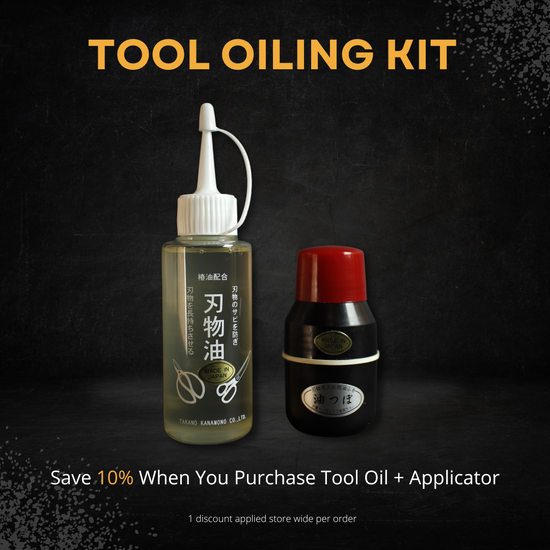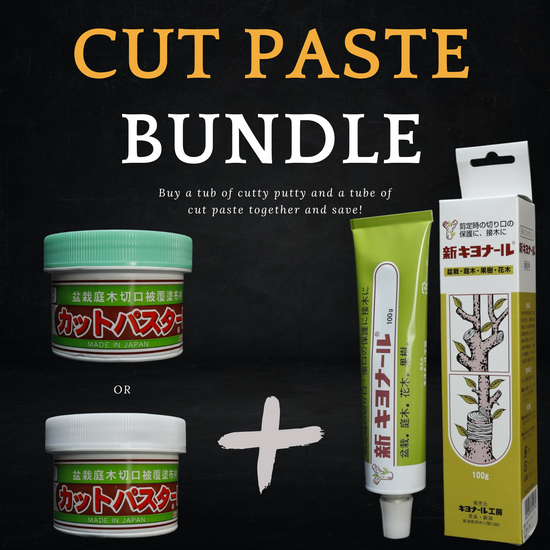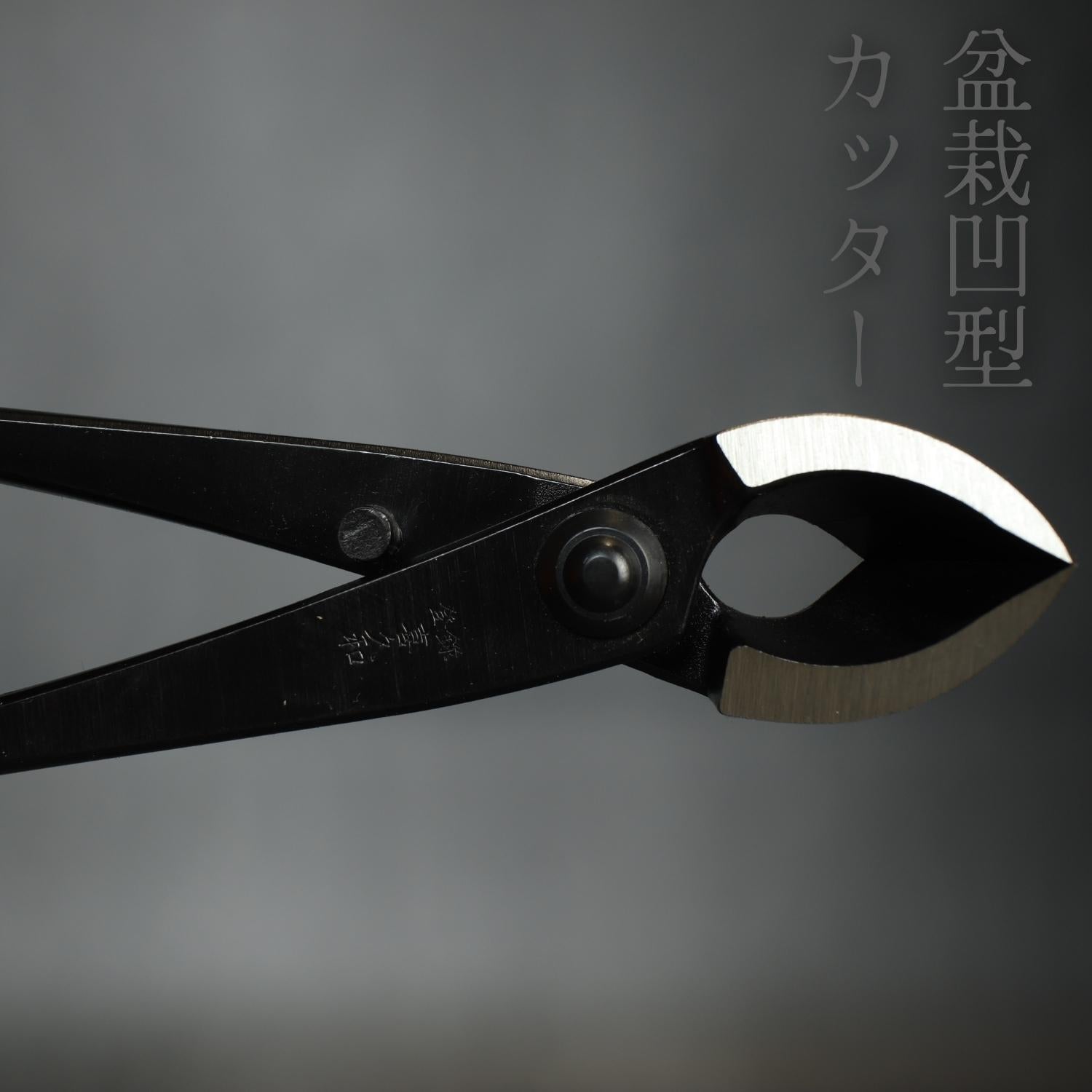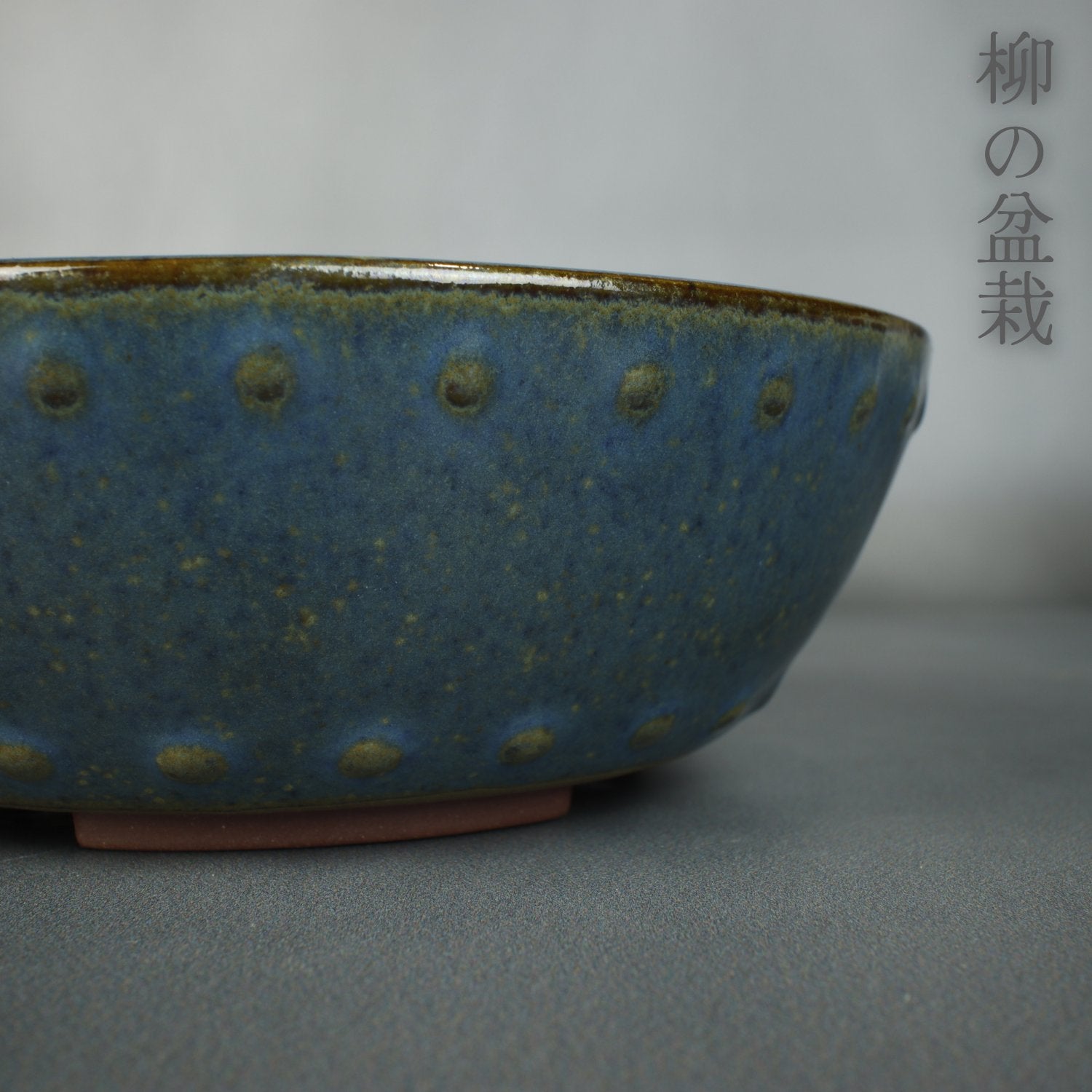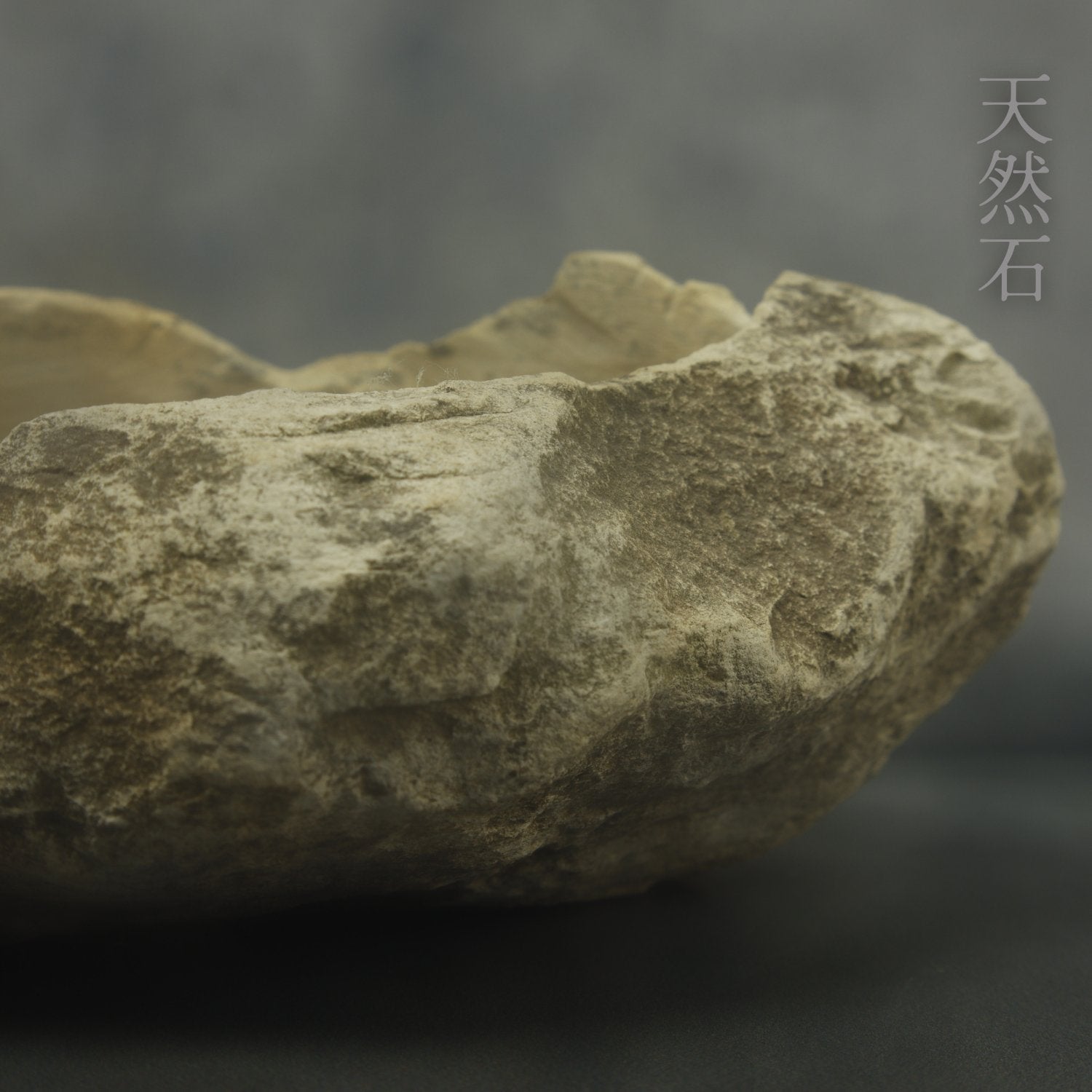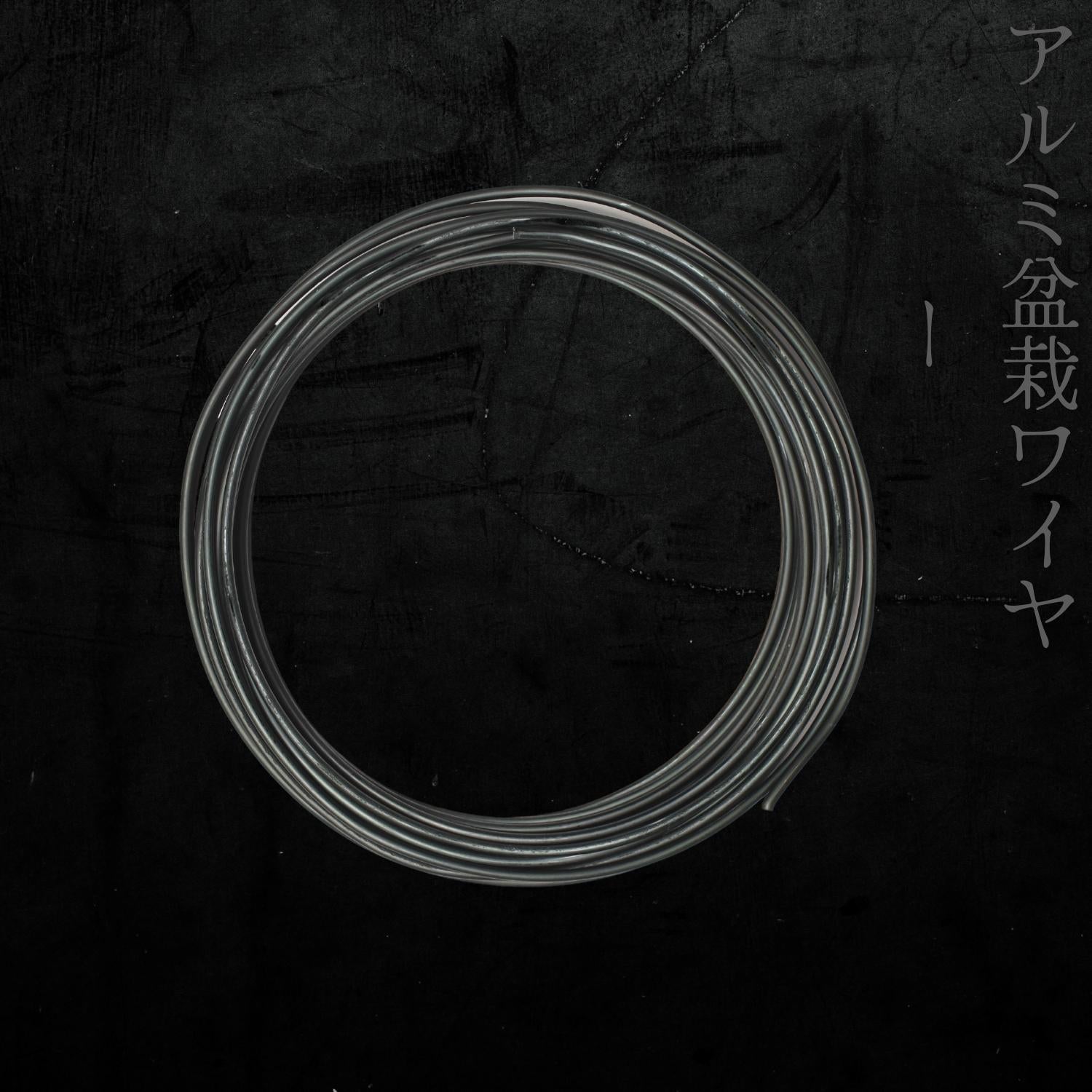The Top 10 Beginner Bonsai Mistakes
Bonsai is a beautiful and rewarding hobby that requires patience and dedication. However, many beginners make mistakes that can be easily avoided with a bit of knowledge and experience. In this article, we will discuss the 10 most common beginner bonsai mistakes and how to fix them.
Not understanding the basics of bonsai
Bonsai is not simply about miniaturizing a tree, but rather about creating a work of art that mimics the natural shape and form of a mature tree in nature. Understanding the basics of bonsai, such as the principles of design, the different styles of bonsai, and the care and maintenance requirements of your specific bonsai tree, is essential for success. If you sit down in front of your bonsai tree to work on it and don't understand exactly why you are doing that work you need to further your education. You can learn all the basics of bonsai with our
online beginners bonsai course here
Using the wrong soil
Bonsai trees have specific soil requirements that are different from other types of plants. Using the wrong soil can lead to poor drainage and root rot, which can ultimately kill your bonsai tree. Be sure to use a well-draining bonsai soil mix and avoid using regular potting soil. Remember that bonsai trees live in a very different environment to regular plants either in the garden or in nature. There are several adjustments that need to be made to have a happy and healthy bonsai in a shallow container environment.
Overwatering or underwatering
One of the most common mistakes made by beginners is watering their bonsai tree too much or too little. Overwatering can lead to root rot, while underwatering can cause the leaves to turn yellow and fall off. The best way to determine when to water your bonsai tree is to stick your finger in the soil and check for moisture. Over watering how ever is usually almost always a problems with incorrect bonsai soil rather then the frequency of watering. Under watering is far more dangerous than over watering.
Not pruning or wiring properly
Pruning and wiring are essential techniques for shaping and maintaining the form of your bonsai tree. However, improper pruning or wiring can damage the tree and even kill it. Be sure to research the specific pruning and wiring requirements for your bonsai tree and consult with an experienced bonsai grower if you are unsure. Remember bonsai is horticulture first art second, pruning is a horticultural technique that leads to artistic design, learn when and how to properly prune before pruning for aesthetic design.
Not repotting regularly
Bonsai trees need to be repotted every 2-5 years, depending on the species. Failure to repot can lead to poor growth and even death. Be sure to research the specific repotting requirements for your bonsai tree and consult with an experienced bonsai grower if you are unsure. Repotting is probably the number 1 technique that kills bonsai trees when done in correct so be sure to learn proper repotting technique. You can learn repotting with our
online repotting course here
Not providing enough light
Bonsai trees need a certain amount of light to thrive. Without enough light, the tree will not be able to photosynthesize and will eventually die. Be sure to place your bonsai tree in a location that receives the appropriate amount of light for the species. This needs to be un filtered light as well so don't sit your tree behind glass or plastic sheeting. A tree not getting sunlight has the same affect as a human not eating. Tree generate their food through photosynthesis which the sun plays a vital role in.
Not fertilizing properly
Fertilizing your bonsai tree is essential for healthy growth and development. However, over-fertilizing can burn the roots and stunt the growth of the tree. Be sure to research the specific fertilization requirements for your bonsai tree and consult with an experienced bonsai grower if you are unsure. Remember fertilizer is not plant food but a supplement that strengthens the trees growth and natural pest and disease resistance. When choosing a fertilizer make sure it has an N.P.K value on the packaging, a common mistake people make is purchasing a tonic such as seasol and using it as a fertilizer.
Not protecting from pests and diseases
Bonsai trees are susceptible to pests and diseases just like any other plant. Failure to protect your bonsai tree from pests and diseases can lead to poor growth and even death. Be sure to research the specific pest and disease control requirements for your bonsai tree and consult with an experienced bonsai grower if you are unsure. Making sure your tree has plenty of healthy roots and is also well fed with Potassium is a good start. Knowing when common pests are most active can also be another advantage, for example as new growth flushes on trees in spring aphids will be in abundance, knowing when to check for them and having the correct spray on hand can keep you one step ahead.
Not allowing enough time for healing
Bonsai trees take time to heal after pruning or wiring. Rushing the healing process can lead to poor growth and even death. Be sure to allow your bonsai tree enough time to heal before making any further adjustments. This is especially true after repotting or potting a tree up into refinement for the first time. Giving the tree time to repair its roots is paramount.
Not having patience
This is one of the most common mistakes made by beginners. It's important to remember that bonsai trees take time to grow and shape, and rushing the process can lead to poor growth and even death. It is important to be patient and enjoy the process of nurturing your bonsai tree to maturity.
In conclusion, bonsai is a beautiful and rewarding hobby that requires patience and dedication. By avoiding these common beginner mistakes, you can ensure the health and longevity of your bonsai tree. Remember to research the specific care requirements for your bonsai tree and consult with an experienced bonsai grower if you are unsure. Happy bonsai growing!


